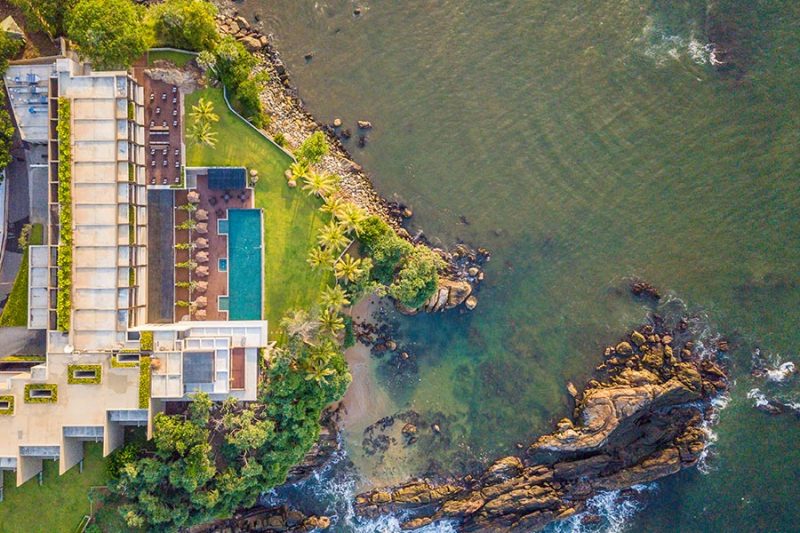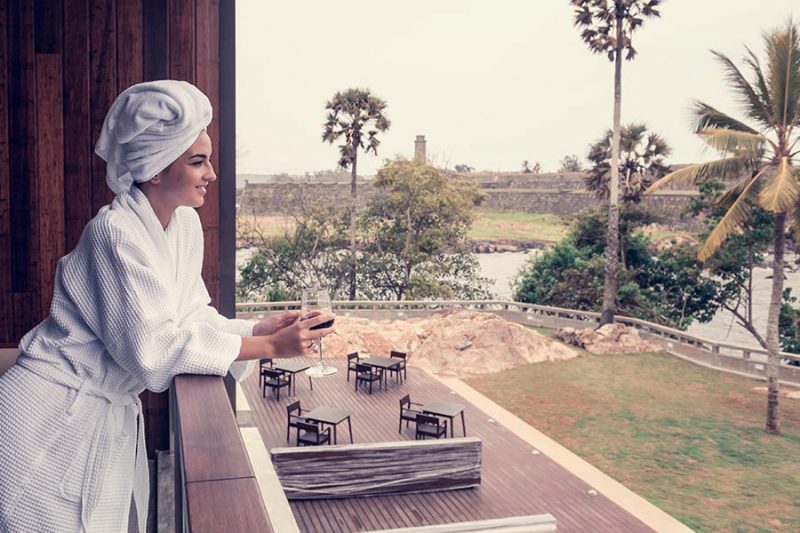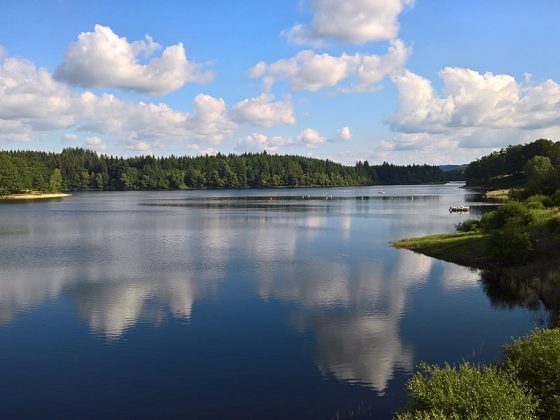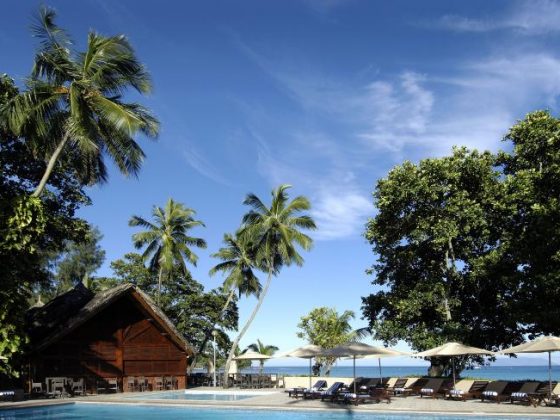You may have heard about the Galle Fort in terms of the colonial times, but did you know that Galle comes with an almost biblical history tale behind it? If you are ever in the area and spending time at one of the Galle resorts be sure to ask around about the following bits of history.
The Original History
Ptolemy’s map of the world clearly shows Sri Lanka marked off the coast of India. It is supposedly because of how important Galle was to early trade routes between the east and the west.
An Egyptian monk wrote about Sri Lanka in 545 A.D saying that it was a popular port that “possessing the hyacinth receives imports from all the seats of commerce and in turn exports to them and is thus itself a great seat of commerce.” Historians believe this Hyacinth is Galle.
When Ibn Battuta visited Galle in 1344, he claimed that is was a bustling port dealing a great volume of international trade.
Pre-European History
Thanks to its protected natural harbour, Galle traded with Greeks, Persians, Romans, Indians, Chinese and Arabs. After the fall of the Polonnaruwa kingdom in 1255, the Sinhalese population drifted further south having lost their agricultural lands to South Indian invaders and occupied Colombo and Galle.
Europeans Discover Galle
By the time the Europeans “discovered” Galle, it was a bustling international port. As the maritime power of small European countries began to increase, they set out looking for the source of the jewels and spices that the Orient was supposed to be famous for. And that was how the Portuguese discovered Galle. Be sure to ask your hotel, like Le Grand Galle for example, for more details.












